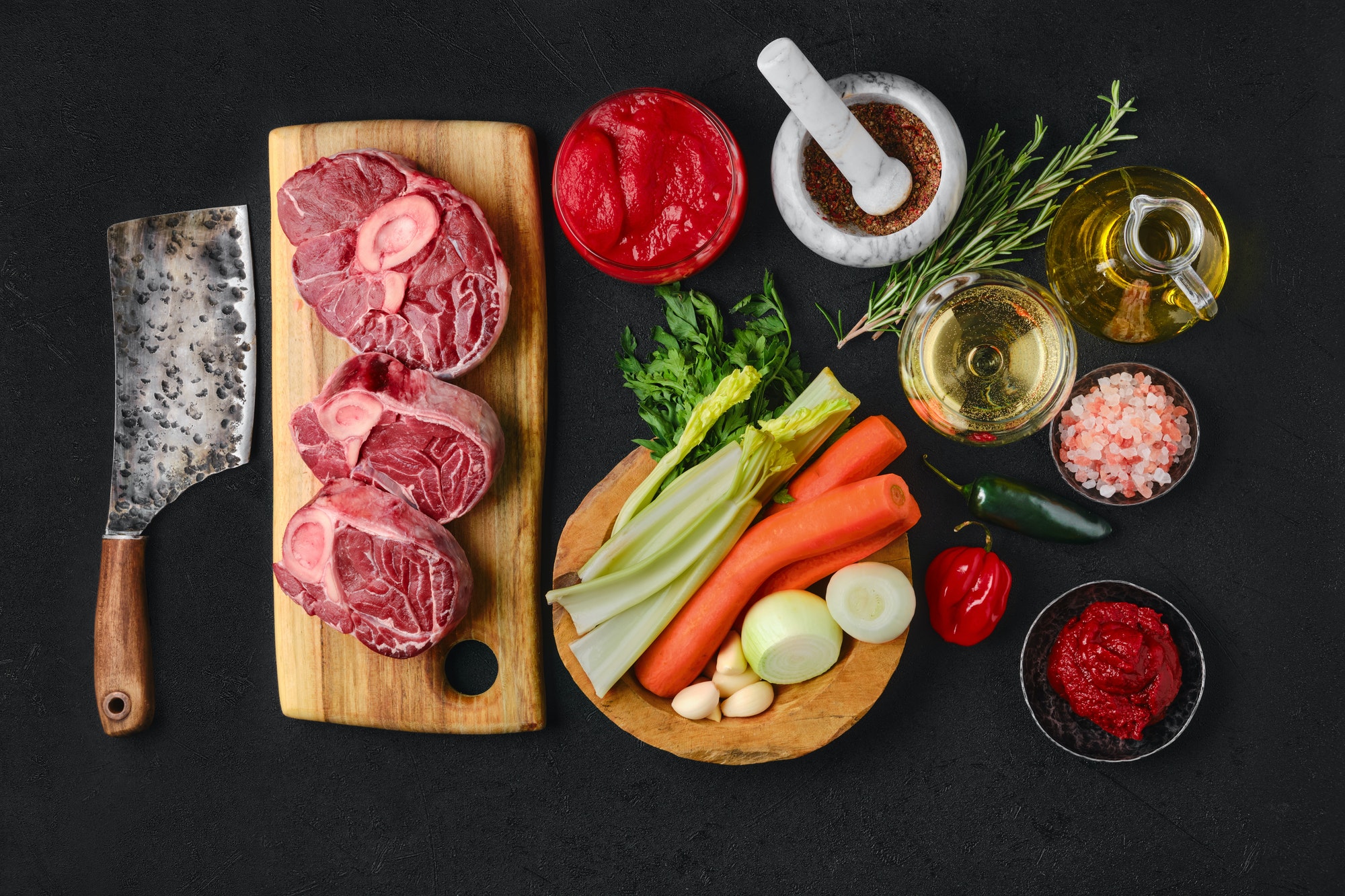How to Prepare and Store Homemade Pet Food to Ensure Freshness and Nutritional Value?

As pet owners, your bond with your furry friends is more than just emotional; it involves their overall welfare, including the food they eat. While commercial pet food has its merits, making your pet food at home can provide an added advantage of personalized nutrition. Nevertheless, the challenge lies in the preparation and storage to ensure that it maintains its freshness and nutritional value. This article aims to guide you through the process of preparing homemade pet food and storing it correctly to retain its qualities.
The Importance of Nutritional Value in Homemade Pet Food
Before moving onto the process of preparing and storing pet food, it’s essential to understand why nutritional value is so crucial. Just like us, our pets require a balanced diet rich in proteins, carbohydrates, vitamins, and minerals to stay healthy and active.
Avez-vous vu cela : What Are the Best Pet-Friendly Indoor Plants That Add to Your Home’s Aesthetics?
When you choose to make your pet food at home, you have full control over the ingredients used. It allows you to tailor the food to your pet’s specific dietary needs, allergies, or health conditions. However, it also puts the responsibility of ensuring the food’s nutritional completeness on your shoulders. Without the right balance of nutrients, your pet could potentially face health issues due to nutritional deficiencies or imbalances.
How to Prepare Nutritious Homemade Pet Food?
Now that we’ve highlighted the importance of nutritional value, let’s move onto the preparation process. Making pet food at home is not as complicated as it sounds, but it does require some knowledge and careful planning.
Avez-vous vu cela : How to Choose the Right Type of Pet Bed for Optimal Comfort and Support?
First, you need to understand your pet’s dietary needs. Consult a vet or a pet nutrition expert to determine what types of food and how much your pet needs daily. Once you’ve got that covered, start by sourcing high-quality ingredients. Fresh vegetables, lean meats, and whole grains are great for most pets.
Remember to cook the meat thoroughly to kill any harmful bacteria. It’s also worth noting that some foods that are safe for humans can be harmful to pets, like onions, chocolate, and certain sweeteners, so always do your research or ask a professional if you’re unsure.
Properly proportioning the ingredients is also critical. A rough guideline would be 50% protein, 25% vegetables, and 25% grains. But again, it’s best to consult with a professional as the ideal balance may vary depending on your pet’s breed, age, weight, and health condition.
Correctly Storing Homemade Pet Food
Once you’ve prepared the homemade pet food, proper storage is crucial to maintaining its freshness and nutritional value. As a rule of thumb, never leave homemade pet food out at room temperature for more than two hours.
For short-term storage, you can keep the pet food in an airtight container in the fridge. It should last for about three to five days. Remember to cool the food down before refrigerating it to prevent the growth of harmful bacteria.
For long-term storage, freezing is the best option. You can divide the food into single-serving portions and freeze them in airtight containers or freezer bags. This way, you can just thaw the amount you need and keep the rest frozen. Typically, frozen homemade pet food can last for up to three months.
Keeping Track of Your Pet’s Response to the Homemade Food
Preparing and storing homemade pet food is just half the battle. It’s equally important to monitor your pet’s response to the new diet. Changes in weight, energy levels, coat condition, and stool consistency can all indicate how well your pet is responding to the homemade food.
If you notice any negative changes or if your pet seems unwell, consult a vet immediately. It’s possible that adjustments may need to be made to the food’s formulation, or there could be an underlying health issue unrelated to the diet.
In the end, making homemade pet food can be a rewarding endeavor. It gives you the opportunity to directly influence your pet’s health and well-being. But remember, while this guide provides a general outline, it’s always best to seek professional advice when it comes to your pet’s nutrition.
Hygiene Practices in Handling Homemade Pet Food
When dealing with homemade pet food, hygiene practices are just as essential as they are when handling your food. Cross-contamination can occur if you’re not careful, leading to the spread of bacteria and other pathogens.
Always wash your hands before and after handling the pet food. Clean and disinfect all utensils, bowls, and surfaces that come into contact with the pet food. It’s also a good practice to regularly clean your pet’s feeding and water bowls to prevent the buildup of bacteria.
By following these hygiene practices, you can ensure that your homemade pet food stays safe and healthy for your pet to consume.
Guidance on Feeding Your Pet the Homemade Diet
Once you’ve prepared the homemade pet food and stored it correctly, the next step is feeding it to your pet. This can be a delicate process, particularly if your pet is used to commercial food. For a smooth transition, it’s advisable to introduce the homemade diet gradually.
Start by mixing a small amount of the homemade food with their regular food. Gradually increase the portion of the homemade food while decreasing the portion of the commercial food over a period of one to two weeks. This gradual transition can help prevent digestive upset and allow your pet to adjust to the new flavor and texture.
You’ll also want to establish a feeding schedule. Most pets do well with two meals per day, but the best feeding schedule for your pet may depend on their age, size, breed, and health condition.
Keep an eye on your pet’s weight as well. Sudden weight gain or loss could be a sign that you’re feeding too much or too little, or that the homemade diet isn’t meeting their nutritional needs. If you’re unsure, consult your vet or a veterinary nutritionist.
Finally, remember that water should always be available to your pet. Even if you’re feeding a wet homemade diet, your pet still needs access to fresh water at all times.
Conclusion: The Benefits of a Well-Prepared Homemade Pet Diet
In conclusion, preparing and storing homemade pet food is not just about providing a meal for your furry friend. It’s about ensuring high-quality nutrition, freshness, and safety for your pet. A well-prepared homemade diet can offer your pet the advantage of personalized nutrition that caters to their specific needs.
However, homemade pet food is not without its challenges. It requires a good understanding of your pet’s nutritional needs, careful preparation, proper storing, and diligent monitoring of your pet’s response to the diet. But with the proper guidance, you can create a homemade diet that contributes positively to your pet’s health and well-being.
Providing homemade meals for your pet can be rewarding. Seeing them enjoy their meals, maintaining a healthy weight, and witnessing an improvement in their overall health condition is an achievement for any pet owner. Remember, while this process requires a bit of commitment and knowledge, the benefits it holds for your dog health or cat health are immense.
So whether you’re looking to switch to homemade dog food recipes or cat food recipes, the key to success lies in the quality of the ingredients, correct preparation and storage, and careful monitoring of your pet’s response. Always remember to consult your vet or a veterinary nutritionist before making the switch, and follow the correct hygiene practices in handling and storing homemade pet food.
In the end, the safety and well-being of your pet are what matters most. And with the proper approach, you can contribute to this by offering them a well-prepared, nutritionally complete homemade diet.
